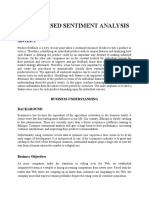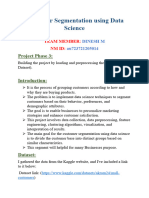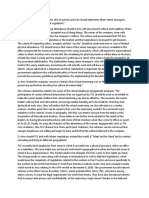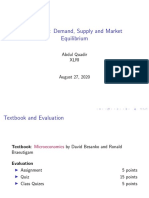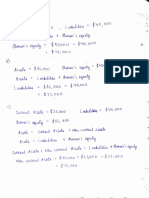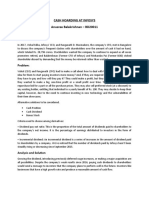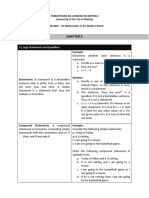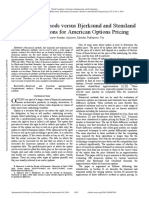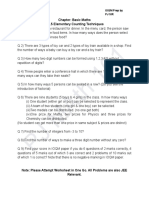0% found this document useful (0 votes)
62 views12 pagesMLBA Assignment-Anusree Balakrishnan - BD20011 Assignment 1: Data Understanding
The document discusses analyzing customer data from an online retailer using clustering techniques. It performs the following steps:
1. Reads and cleans the customer data, which includes purchase details, invoices, and customer information.
2. Normalizes the data and determines the optimal number of clusters is 4 using the elbow method on K-means clustering.
3. Clusters the customers into 4 segments based on purchase frequency and revenue.
4. Provides recommendations to the retailer on which customer segments to target in order to generate more revenue.
Uploaded by
anu balakrishnanCopyright
© © All Rights Reserved
We take content rights seriously. If you suspect this is your content, claim it here.
Available Formats
Download as DOCX, PDF, TXT or read online on Scribd
0% found this document useful (0 votes)
62 views12 pagesMLBA Assignment-Anusree Balakrishnan - BD20011 Assignment 1: Data Understanding
The document discusses analyzing customer data from an online retailer using clustering techniques. It performs the following steps:
1. Reads and cleans the customer data, which includes purchase details, invoices, and customer information.
2. Normalizes the data and determines the optimal number of clusters is 4 using the elbow method on K-means clustering.
3. Clusters the customers into 4 segments based on purchase frequency and revenue.
4. Provides recommendations to the retailer on which customer segments to target in order to generate more revenue.
Uploaded by
anu balakrishnanCopyright
© © All Rights Reserved
We take content rights seriously. If you suspect this is your content, claim it here.
Available Formats
Download as DOCX, PDF, TXT or read online on Scribd
/ 12










